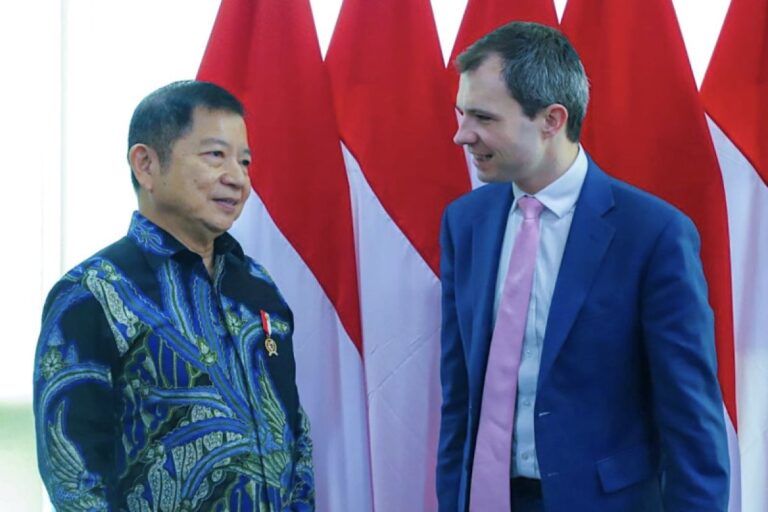“NMSS uses four technologies,” he explained on his Instagram account @suharsomonoarfa the same day.
The first is Maritime Unified Surveillance System (MUSS), which encompasses the entire monitoring, sensor, and other systems platform, he said.
This allows for the gathering of various field data in real time in Indonesian waters and within Indonesian jurisdiction, he informed.
The second NMSS technology is the Maritime Security Data Fusion Center (MSDFC), which encompasses the entire hardware and software Information and Communication Technology (ICT) infrastructure.
The MSDFC is needed to support MUSS’ command and control operation as well as the operation of the National Maritime Intelligence System (NMIS) and National Maritime Information Exchange System (NMES).
The third technology concerns NMIS, which allows the integration of data from all stakeholders and regional and international partners.
“NMIS technology utilizes artificial intelligence (AI) for data analysis for initial identification of suspicious ships and abnormal activities in Indonesian waters,” Monoarfa explained.
The last technology is NMES, a center of information exchange that allows for the exchange of data related to marine security and safety with all stakeholders.
NMSS also allows for integrating information from various sources, management of knowledge-based combined assignments management and resources operation at the tactical and strategic levels.
“NMSS will be developed in Marine Security Agency Central Office, Zone 3 Offices. NMSS will also be developed at 35 Marine Security and Safety Monitoring Stations,” Monoarfa informed.
“Moreover, NMSS will also be developed to strengthen the mobility function of the Marine Patrol Command and Control Center,” he added.
Related news: Minister Hartarto, UK minister for export discuss digital economy
Related news: Indonesia, Australia hold joint maritime security inspector training

